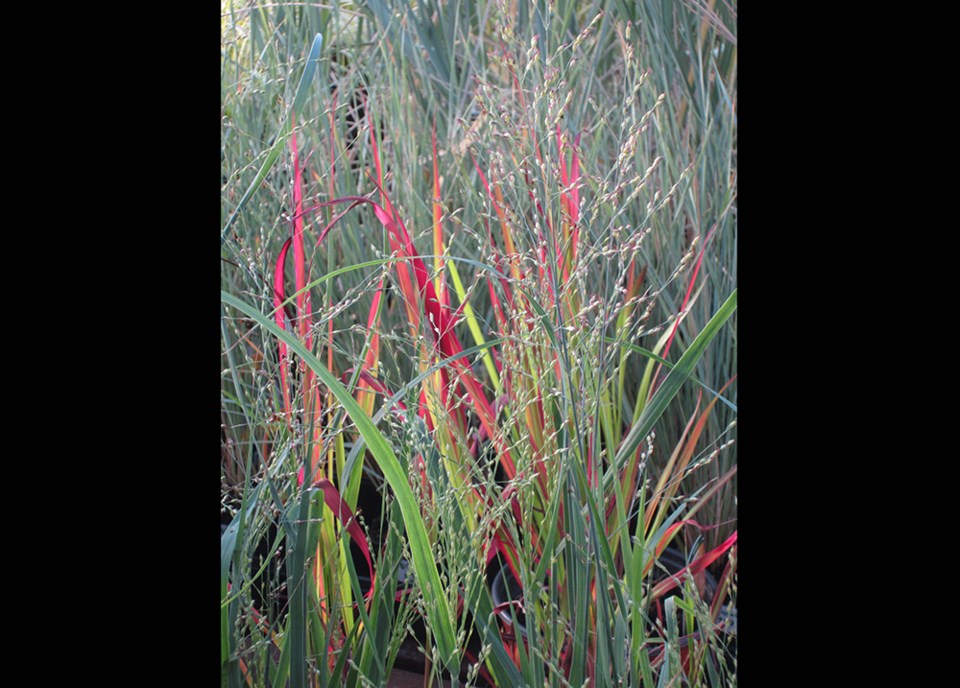For many great reasons, ornamental grasses are playing a far more important role in our late summer and fall gardens.
They bring gardens to life with their movement. Even in the slightest breeze, it’s nice to see their flowerheads dance in the wind, and they continue to bloom well into fall and even winter.
Their great diversity in sizes, from groundcovers to tall, two-to-three-metres high miscanthus, which are great options for screening, makes grasses adaptable to so many different landscape situations.
Grasses also combine well with other plants, such as flowering shrubs, conifers and late flowering perennials.
I love their colour range from the intense blues of fescues and oat grass (Helictotrichon) and the rich dark foliage of Andropogon Holy Smoke and Andropogon gerardii Blackhawks to the vibrant red foliage of Japanese blood grass (Imperata cylindrica) and Miscanthus Fire Dragon.
Shape and form are important as well.
Calamagrostis Karl Foerster, for example, has a beautiful, narrow architectural shape, and it is often used for mid-size screens or focal points. As a background plant, the giant three-to-four-metres tall Miscanthus giganteus makes a stunning statement.
One of my favourite grasses is Miscanthus Cosmopolitan with its wide, white-edged green leaves that truly stand out and add vibrancy to any darker background. It’s a must-have.
At this time of the year, the flowerheads of pennisetums are emerging, and they will add a fresh, new look to any heat-weary garden.
From the tiniest 20 cm P. Little Bunny to the tall P. Moudry, with its black-bronze seed heads, pennisetums will create the feel of an early fall garden. They combine well with fall asters, compact rudbeckias, such as R. Little Gold Star, and the new fall mums for a rich seasonal look.
Shady areas, too, can benefit from grasses at this time of the year. By far, the most popular shade grasses are the evergreen carexes in the EverColor family.
They will tolerate sun, but not the intense summer heat from 11 a.m. to 3 p.m. Growing about 40 cm tall and wide, this family brightens almost any landscape with their stunning variegated foliage. The most well-known is the cream and green variegated C. Evergold.
Now, however, there is a wider range of colours, including the white and green C. Everest, the pure lime green, C. Everillo and the vibrant green and gold of C. Everglow.
Japanese forest grass (Hakonechloa) is herbaceous, and it loses its foliage in winter, but during the balance of the year, it makes a splendid display when used for shady spots, especially planted around trees.
Grasses are container friendly, and as we look to change our summer pots into fall and winter showpieces, grasses, along with heucheras, are some of our best evergreen accents.
Fall baskets can also benefit from long, trailing carex varieties, especially the new super trailer, Carex Feather Falls.
This is the best time of the year to find a wide selection of grasses in most garden stores. They will add a wonderful new look to your garden.



